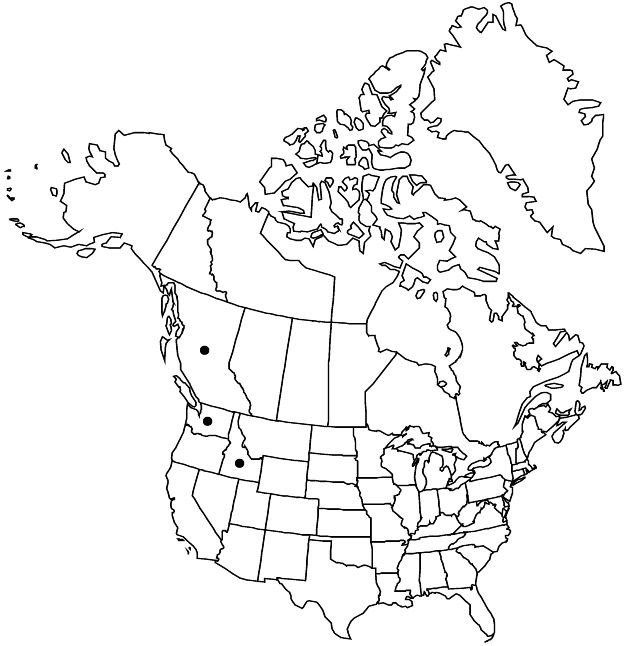Hypericum maculatum subsp. obtusiusculum
Sched. Fl. Stiriac. 23 – 24: 27. 1912.
Herbs erect, with rooting, not creeping, base, forming clumps, 1.5–10 dm. Stems: internodes (at least some) 4-lined, with black glands in raised lines. Leaves spreading, sessile; blade ovate, ovatelanceolate, oblong, or elliptic, 15–50 × 10–20 mm, base cuneate to rounded, margins plane, apex rounded, midrib with 2–3 pairs of branches, tertiary-veins not densely reticulate, black glands intramarginal (spaced), pale glands usually sparse or absent. Inflorescences subcorymbiform to broadly pyramidal or cylindric, to 40-flowered. Flowers 15–25 (–30) mm diam.; sepals not imbricate, spreading in fruit, broadly ovate to oblong, unequal to subequal, 4–5 × 2–3.5 mm, apex rounded-apiculate to erose-denticulate; petals golden yellow, obovate-oblong to oblanceolate, 10–15 mm; stamens 30–70; anther gland black; styles 3–4 mm. Capsules broadly ovoid, 7–9 × 5–7 mm, with longitudinal vittae. Seeds scarcely carinate, 1 mm; testa linear-reticulate. 2n = 32.
Phenology: Flowering summer.
Habitat: Waste places, open sites, dry or damp
Elevation: 0–2500 m
Distribution

Introduced; B.C., Idaho, Wash., Europe
Discussion
The western European lowland subspecies of Hypericum maculatum has been recorded from disturbed habitats near Vancouver and Prince Rupert regions in western British Columbia for more than 50 years. There is no evidence as to whether it has persisted over the whole of this period or has been reintroduced. The mainly eastern European and Siberian subsp. maculatum is diploid (2n = 16) and has entire sepals, dotted to shortly streaked (not lined) petals, and a narrower angle of branching (ca. 30° rather than ca. 50°).
Selected References
None.